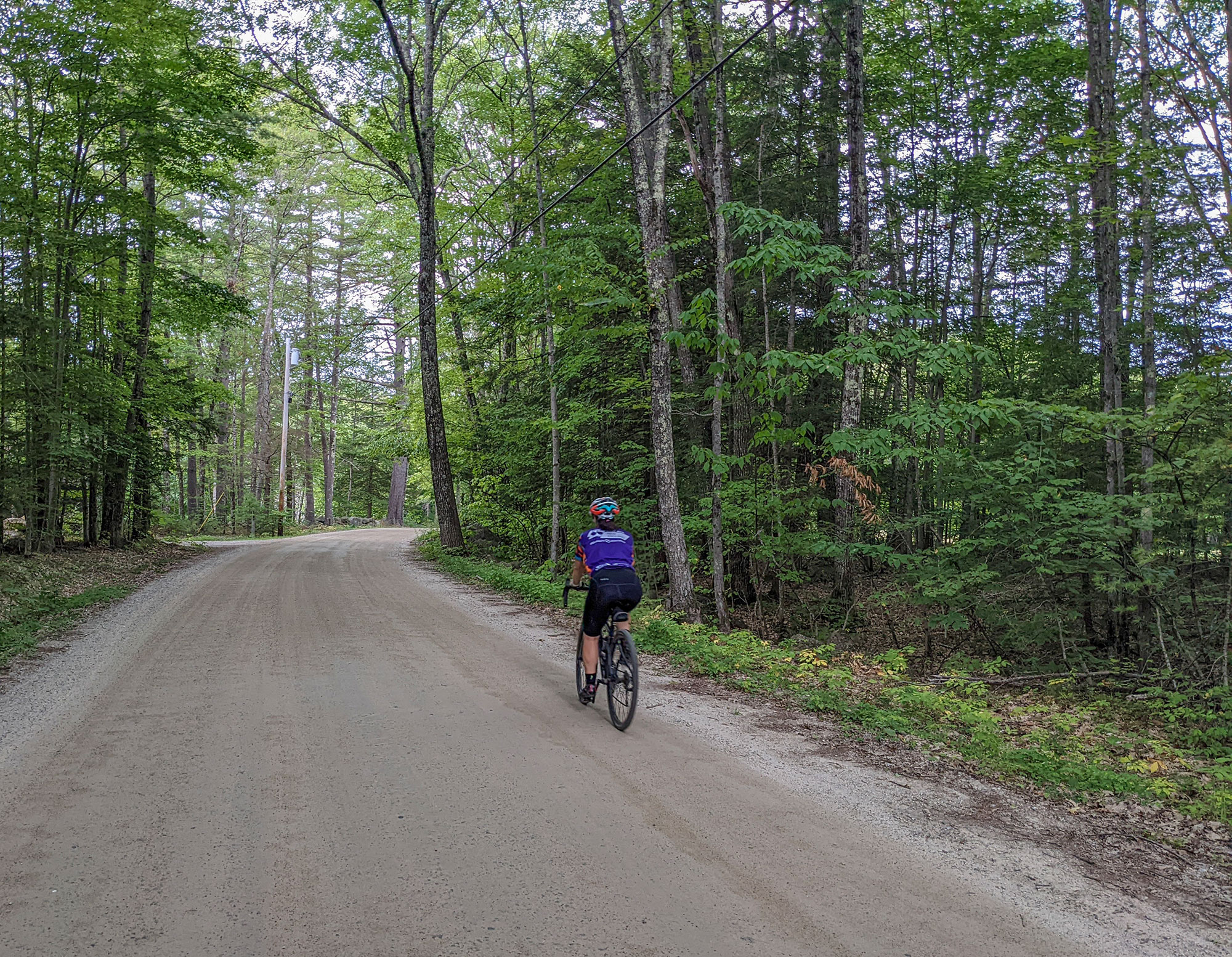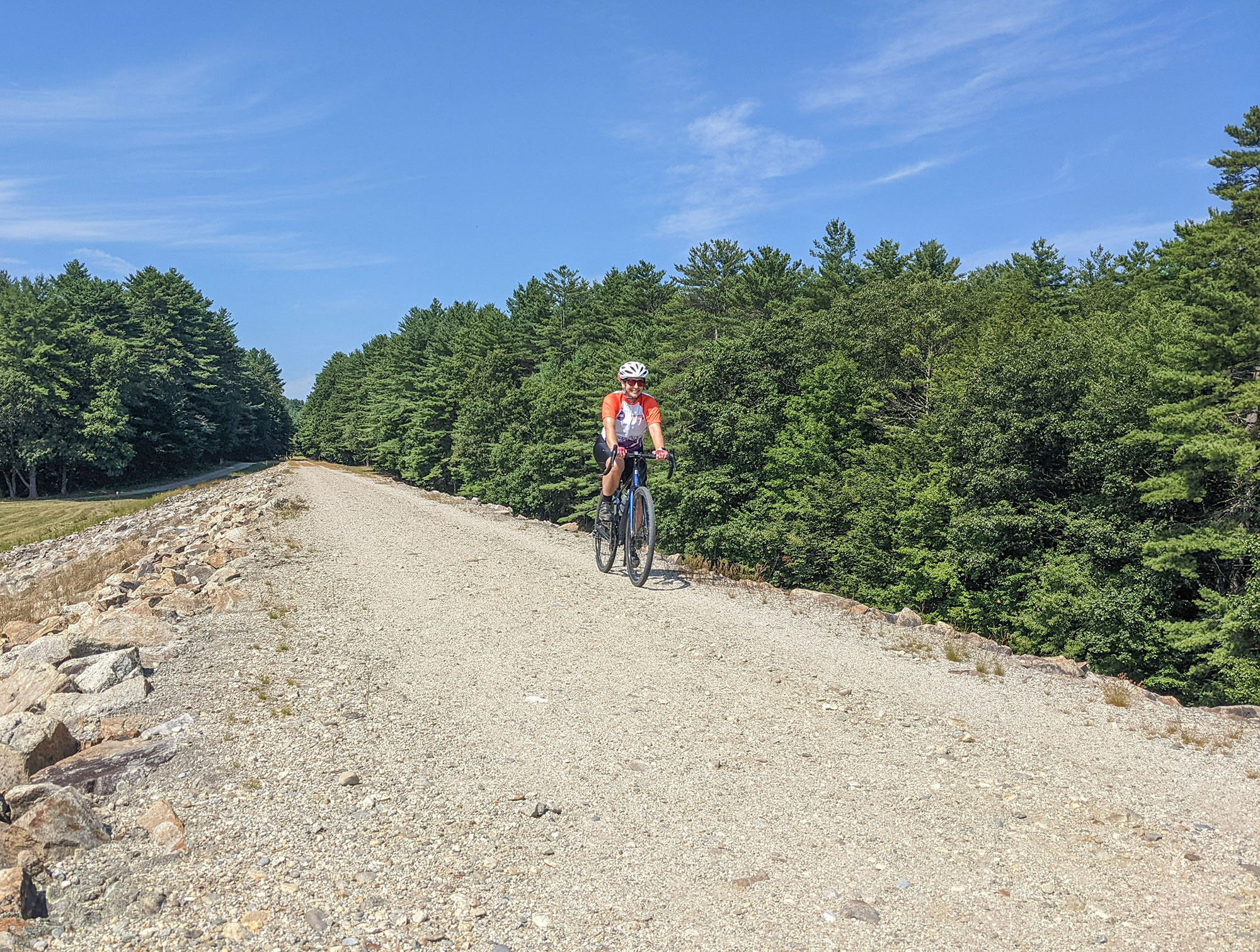Gravel biking is one of the fastest-growing segments in cycling. From its adventurous spirit to simply getting away from congested roads, there’s a host of reasons why. If you’re new to gravel riding or thinking about trying it out, below are a few things you’ll want to know.
Gravel Bikes
People have been riding bikes on dirt roads well before the term “gravel cycling” was turned into a unique category by bike manufacturers. While the sport has long had a run-what-you-brung ethos with riders adapting both road and mountain bikes to riding unpaved roads, there’s a strong case for getting a gravel bike. In general, riding a gravel bike is more efficient, more comfortable, and ultimately more enjoyable than other options.
Gravel bikes blend the best attributes of road and mountain bikes to deliver a ride capable of tackling a wide variety of terrain—from asphalt to chunky direct roads to champagne gravel to singletrack. Gravel bike frames are similar to those of road bikes and typically feature drop bars, but like mountain bikes, they’re able to accommodate wider tires and come equipped with lower gearing. That said, you’ll find gravel bikes at both ends of the spectrum, with some more like mountain bikes and others modeled more like road bikes.
 Gravel Bike Tires
Gravel Bike Tires
Tires are one of the biggest advantages that gravel bikes have over other bikes. While gravel geeks can nerd out on the best pattern and optimal width of the ideal gravel tire, there are some good guidelines for beginners to follow—namely, opt for wider tubeless tires.
Wide tires allow you to ride at lower inflation pressure while providing more traction and greater comfort. The extra girth of wide tires is great for beginners, providing confidence and comfort to help keep new riders psyched (not scared) on the bike and encourage them to eat up more miles.
Tubeless tires can function at low tire pressures—commonly between 30 and 40 PSI—which enhances their traction and comfort. Perhaps the biggest benefit of tubeless tires is that they can dramatically reduce the chances of getting a flat.
Handlebars
The drop bars that adorn most gravel bikes look a lot like the bars found on a road bike, but they’re often different, albeit subtly. In recent years, it has become popular for gravel bikes to feature flared handlebars—that is, bars wider in the drops than on the hoods. Flared bars provide more comfort, control, and stability than traditional drops—all of which are qualities newer gravel riders will appreciate.

What to Wear Gravel Biking
Unlike the Lycra-heavy kits of roadies and the baggies preferred by mountain bikers, dirt roads don’t really have a dress code. In other words, everything goes—from skin-tight team kits to cut-off shorts and flannels. A good rule of thumb is to opt for clothing that’s comfortable, quick-drying, and wicking.
Key Kit
Gravel doesn’t have the traditional kits of other cycling disciplines, but there are some key items you’ll want to consider:
- Padded bike shorts help keep your sit bones and most delicate areas comfortable. They’re especially valuable when riding gravel bikes since you spend more time in the saddle than you would on a road bike.
- Mountain bike shoes and pedals are favored by most gravel bike riders—they’re easier to get in and out of and easier to walk in—however, plenty of riders make road pedals and shoes work, same for those who prefer flat pedals.
- A helmet is more than a good idea, wearing one is the law in many states. It doesn’t matter whether it’s a road bike or mountain bike helmet, just protect your head.
- Sunglasses protect your eyes not only from the sun, but also from the elements, debris, and bugs. Pick a pair that’s comfortable and wear them when you ride.

Route Planning
Exploration is part of the fun of gravel biking, but sometimes it’s nice to know where you’re going, especially when you’re just getting started. Apps like Strava, Ride with GPS, and Komoot are all very useful for discovering routes and provide you with information like mileage, elevation, and even the percentage of the ride that is and isn’t paved.
Because of the popularity of gravel biking, there are also a ton of great events. Attending an event is an excellent way to explore a new area on a marked route. Even if you can’t attend an event, they often post their routes on their websites. Another option is to join one of the numerous online gravel groups.
Of course, if you prefer analog to digital, dig out a paper map and begin plotting out an adventure.
Pace
One important aspect to consider when planning a gravel route is pace. Riding on gravel is generally slower than riding on paved roads thanks to everything from its steep gradients to loose surfaces. To avoid unintentionally turning your adventure into an epic, plan for a slower speed.
Gravel Repair Kit
Gravel riders frequently pedal through remote areas where assistance is far away or unreachable (it’s common to have no cell service). This means it’s essential that gravel riders can be self-sufficient. Pack enough food and water, have the tools/parts to make unpaved roadside repairs, and know how to use them. Essential tools/parts include:
- Tire repair tool and plugs (if riding tubeless)
- Tire levers and spare tube (if riding tube tires)
- CO2 Inflator and two CO2 cartridges (or a pump)
- Chain tool and quick link
- Multitool
Other items you may want to consider packing include:
- Spare layer (like a wind jacket or vest)
- GPS
- Lights (forest-lined gravel roads are often darker than highly trafficked streets and motorists are less accustomed to seeing riders on dirt roads)
- A small amount of cash (everyone accepts it and you can use it for everything from buying a snack to bribing someone for a ride back to civilization)

First-Aid Kit
It’s also a good idea to carry a small first-aid kit capable of treating common bike-related injuries such as stings and scrapes. Useful items include:
- Ibuprofen
- Benadryl
- Antibiotic ointment
- Dressings and/or gauze
- Tourniquet
- Bandages
- Duct tape
Bike Bags
Wondering how you’ll carry everything from food and water to a spare layer and repair/first-aid kit? Gravel bikes are designed to accommodate a variety of bags, including those that mount in the frame, on the handlebars, under the seat, and on the top tube. Experiment to find the combination that works best for you.
Get Out and Gravel Grind
The Northeast has an abundance of gravel ready for exploration—and a good bike, the right gear, and an adventurous attitude will only make it more enjoyable. Even better, as you gain experience, you’ll also dial in your bike, kit, and route planning, upping the fun and chances of epic-ing—that is, having an epically great time.
Tim Peck and Doug Martland
Tim and Doug met long ago at the Eastern Mountain Sports in Canton, Massachusetts. Bonding over a love of slick Quincy Quarry granite, White Mountain sufferfests, and scheming up adventures while folding tee-shirts, today Tim and Doug collaborate to write about their favorite outdoor activities and occasionally get nostalgic about tee-shirt tables.
Related Posts
April 2, 2024
10 Tips for Mountain Biking Etiquette During Mud Season
One rough spring could ruin the…




